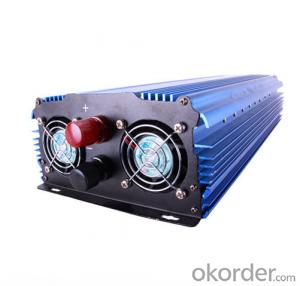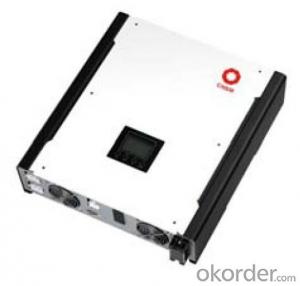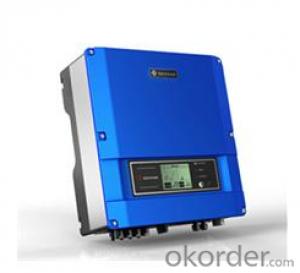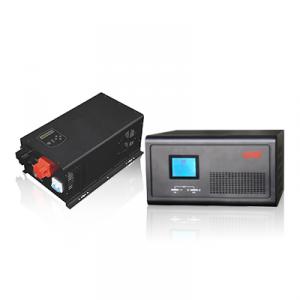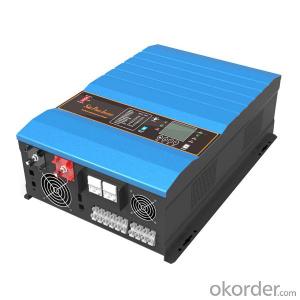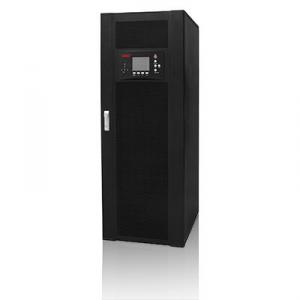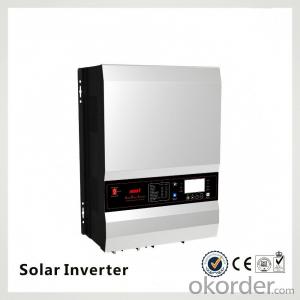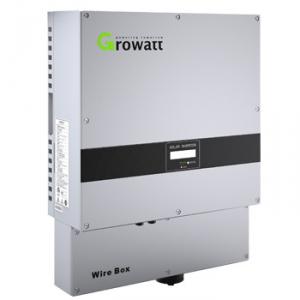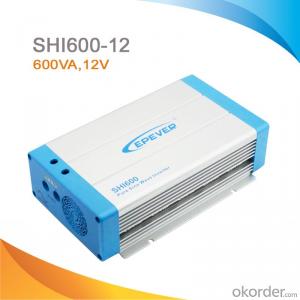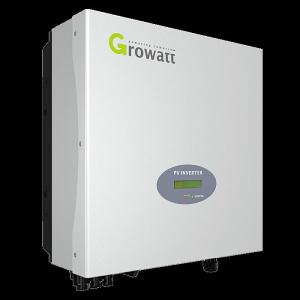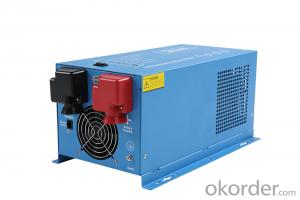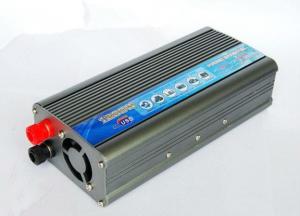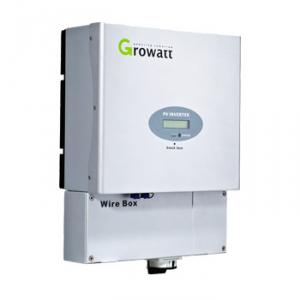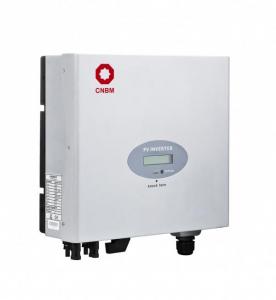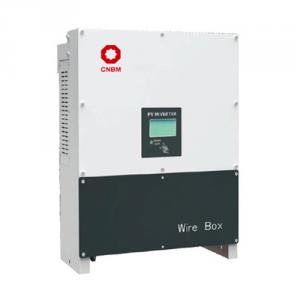Car Solar Inverter TY-HI2000 High Efficiency 2000 Watt 220V Inverter
- Loading Port:
- Qingdao
- Payment Terms:
- TT OR LC
- Min Order Qty:
- 50000 watt
- Supply Capability:
- 3000000 watt/month
OKorder Service Pledge
OKorder Financial Service
You Might Also Like
1. Structure of Solar Inverter TY-HI2000 High Efficiency 2000 Watt 220V Inverter Description
A solar inverter, or PV inverter, or Solar converter, converts the variable direct current (DC) output of a photovoltaic (PV) solar panel into a utility frequency alternating current (AC) that can be fed into a commercial electrical grid or used by a local, off-grid electrical network. It is a critical BOS–component in a photovoltaic system, allowing the use of ordinary AC-powered equipment. Solar inverters have special functions adapted for use with photovoltaic arrays, including maximum power point tracking and anti-islanding protection.
2. Main Features of the Solar Inverter TY-HI2000 High Efficiency 2000 Watt 220V Inverter
﹒Soft-start function, increase loading capacity.
﹒Aluminum alloy shell, with battery clip and manual.
﹒High-end chip, high-performance CPU, improve the working reliability.
﹒Sound &light and under-voltage alarm, with frequency-conversion cooling fan.
﹒Over voltage, low voltage, over temperature, overload, short circuit, reverse connection protection.
3. Solar Inverter TY-HI2000 High Efficiency 2000 Watt 220V Inverter Images
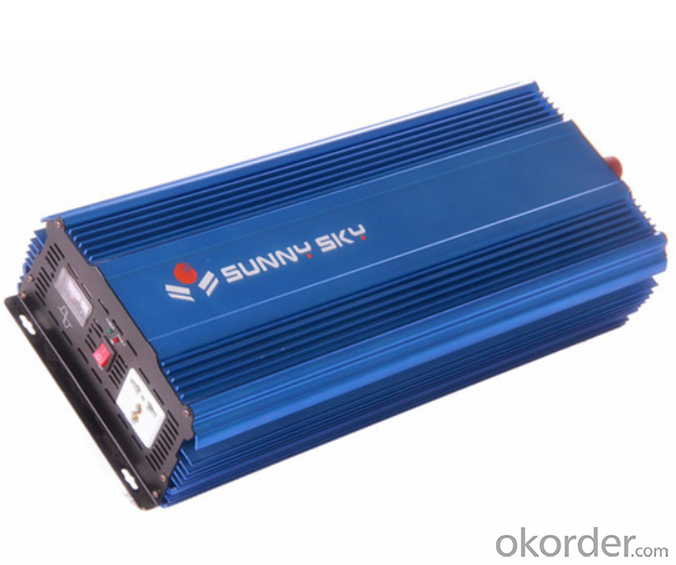
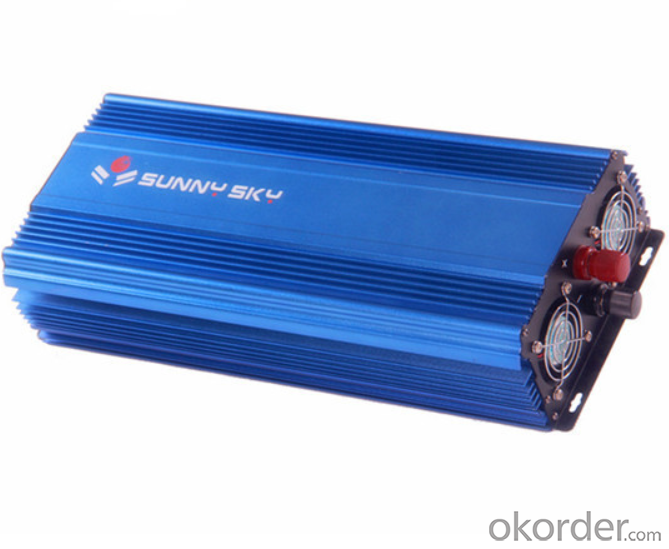
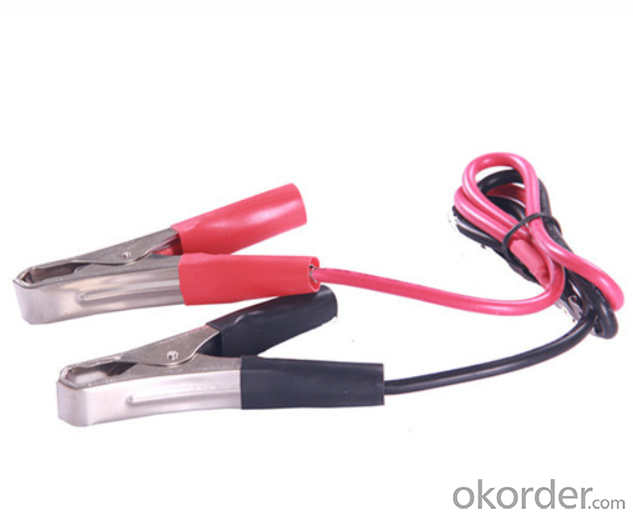
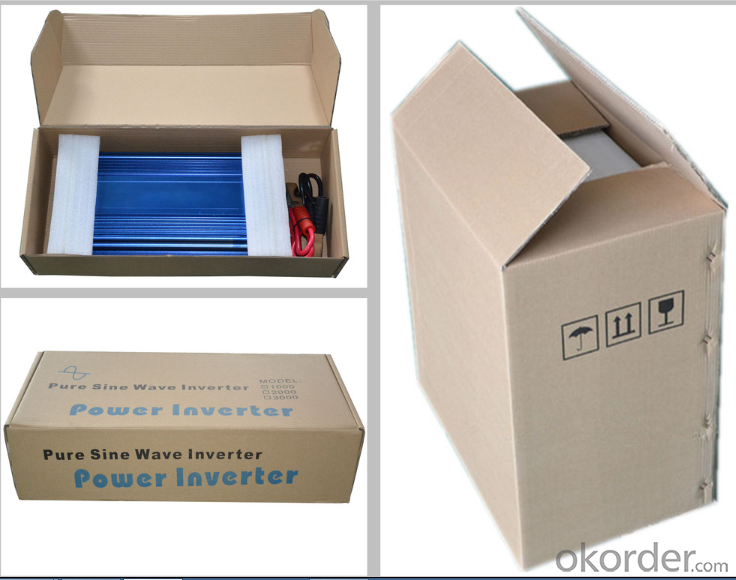
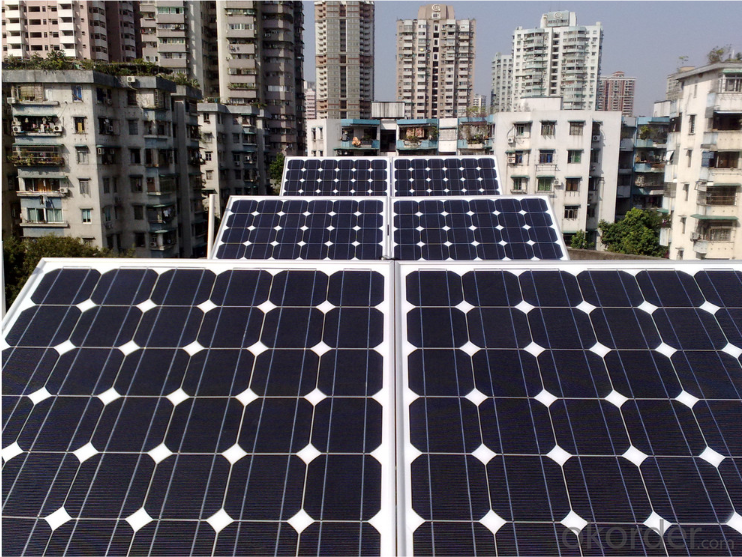
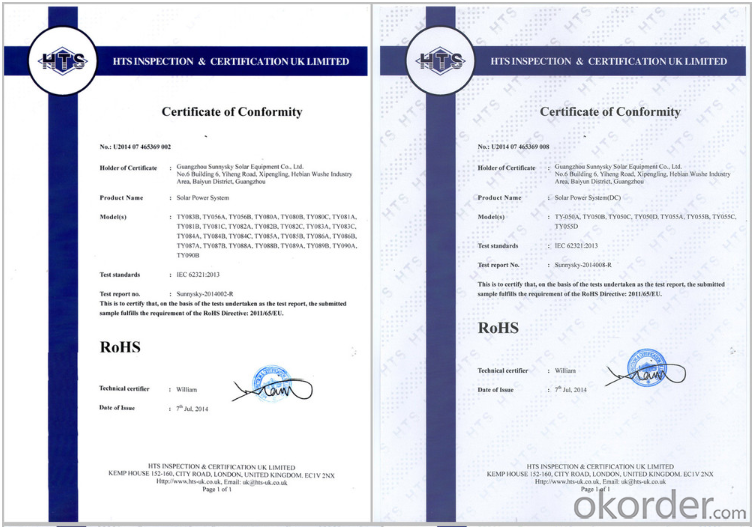
4. Solar Inverter TY-HI2000 High Efficiency 2000 Watt 220V Inverter Specification
ITEM NO | TY-HI2000W | |
OUTPUT | Output Volt | 100/110/220/230/240VAC |
Continuous Power | 2000W | |
Surge Power | 4000W | |
Waveform | Pure Sine Wave | |
Frequency | 50Hz/60Hz | |
Output Voltage | Low & High 10% | |
No Load Curent Draw | ≤1.6A | |
Frequency | >93% | |
INPUT | DC Input Voltage | 12VDC |
DC Operating Voltage | 11-15V | |
PROTECTION | Working Temperature | Between -10°C and +50°C |
DC Low-voltage Protection | 9-10.5V | |
DC Low-voltage Alarm | 9.5-11V | |
Overload Protection | 2000-2400W | |
DC Over-voltage Protection | ≥15V | |
Fuse | 35A*3 | |
Temperature Protection | +60°C--+70°C | |
Short-circuit Protection | Yes | |
Green Led Indicator | Green Light(Working),Flash(Overload Protection) | |
Red LED Indicator | Red Light(Error Protection) | |
5. FAQ of Solar Inverter TY-HI2000 High Efficiency 2000 Watt 220V Inverter
Q1. What is A Power Inverter?
A power inverter, or inverter, is an electrical power converter that changes direct current (DC) to alternating.current (AC); the converted AC can be at any required voltage and frequency.
Q2. What's The Difference Between 12, 24, And 48 Volt Inverters?
This refers to the input voltage from the battery bank. The main consideration is that at higher voltages the current is less so that you can use smaller wires between your solar panel array and your battery bank.
Q3. What's The Difference Between A Pure Sine Wave Inverter And A Modified Sine Wave Inverter?
A pure sine wave inverter produces a nearly perfect sine wave output (less than 3% total harmonic distortion) that is essentially the same as utility supplied grid power. Thus it is compatible with all AC electronic devices. A modified sine wave inverter is not as close, but is still quite satisfactory in most cases.
Q4. How do we equip an appropriate inverter for battery?
Take a battery with 12V/50AH as an example. Power equal current plus voltage then we know the power of battery is 600W. 12V*50A=600W. So we can choose a 600W power inverter according this theoretical value.
- Q: Can a solar inverter be used with different types of backup power configurations?
- Yes, a solar inverter can be used with different types of backup power configurations. Solar inverters are designed to convert the DC power generated by solar panels into AC power that can be used in homes or businesses. They can be used with backup power systems such as battery banks, diesel generators, or grid-tied systems with net metering. The inverter's ability to synchronize with different backup power sources allows for efficient and reliable energy supply in various configurations.
- Q: How does a solar inverter communicate with other components of a solar power system?
- A solar inverter communicates with other components of a solar power system through various communication protocols such as wired interfaces like RS485 or Ethernet, and wireless technologies like Wi-Fi or Zigbee. These communication channels enable the inverter to exchange data and information with other components such as solar panels, batteries, and monitoring systems. This communication allows for real-time monitoring, control, and coordination of the system, optimizing its performance and ensuring efficient energy production and management.
- Q: What are the indicators of a faulty solar inverter?
- Some indicators of a faulty solar inverter include a complete loss of power generation, inconsistent or fluctuating power output, unusual noises or smells coming from the inverter, error messages or warning lights on the display panel, and physical damage or overheating of the inverter unit.
- Q: What are the key safety features to look for in a solar inverter?
- The key safety features to look for in a solar inverter include overvoltage protection, ground fault protection, arc fault protection, and rapid shutdown capability. These features help ensure the safe and efficient operation of the solar system, protecting against electrical hazards and reducing the risk of fire or injury.
- Q: Can a solar inverter be repaired or does it need to be replaced?
- A solar inverter can be repaired in many cases, depending on the specific issue it is facing. However, there are instances where replacement may be necessary, especially if the inverter is old, damaged beyond repair, or if repairs would be more expensive than getting a new one. It is recommended to consult a professional to assess the situation and determine the most cost-effective solution.
- Q: Can a solar inverter be used in conjunction with a generator?
- Yes, a solar inverter can be used in conjunction with a generator. In fact, it is a common setup in hybrid systems where the solar panels generate electricity during the day, and the generator provides power during periods of low solar production or high energy demand. The solar inverter converts the DC power from the solar panels and the AC power from the generator into a usable form for the connected appliances and the grid. This combination allows for a more reliable and efficient power supply.
- Q: How do you choose the right brand of solar inverter?
- When choosing the right brand of solar inverter, it is important to consider factors such as reliability, efficiency, warranty, and compatibility with your specific solar panel system. Researching customer reviews, comparing specifications and features, and consulting with solar professionals can help in making an informed decision.
- Q: How does a solar inverter handle high temperatures?
- A solar inverter handles high temperatures by incorporating various cooling mechanisms such as heat sinks, fans, and thermal management systems. These components help dissipate heat generated during the inverter's operation, preventing overheating and ensuring optimal performance even in hot climates.
- Q: How is the size of a solar inverter determined?
- The size of a solar inverter is determined by several factors, including the total capacity of the solar panels, the maximum power output of the panels, the desired efficiency of the system, and the specific requirements of the electrical grid or the building where the inverter will be installed.
- Q: Can a solar inverter be used with a single solar panel?
- Yes, a solar inverter can be used with a single solar panel. The purpose of a solar inverter is to convert the direct current (DC) produced by the solar panel into alternating current (AC) that can be used to power electrical devices or be fed into the electrical grid. Even with a single solar panel, the inverter can still perform this function effectively.
Send your message to us
Car Solar Inverter TY-HI2000 High Efficiency 2000 Watt 220V Inverter
- Loading Port:
- Qingdao
- Payment Terms:
- TT OR LC
- Min Order Qty:
- 50000 watt
- Supply Capability:
- 3000000 watt/month
OKorder Service Pledge
OKorder Financial Service
Similar products
Hot products
Hot Searches
Related keywords
